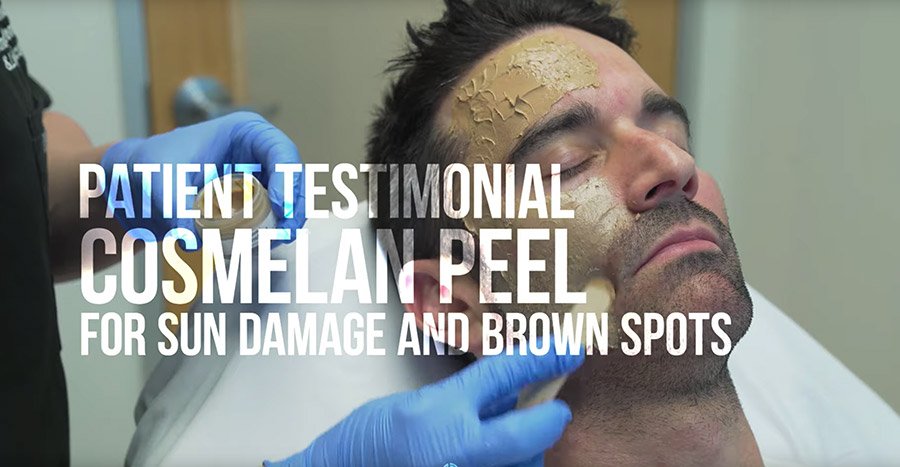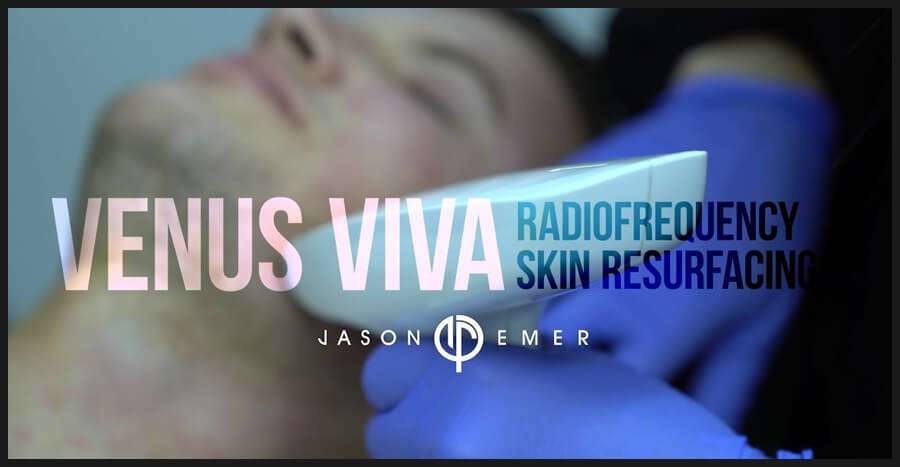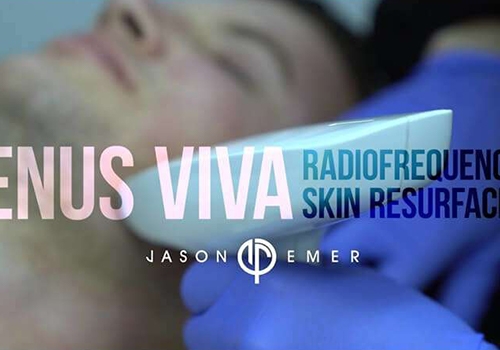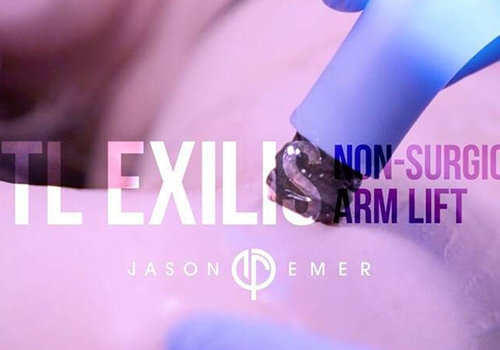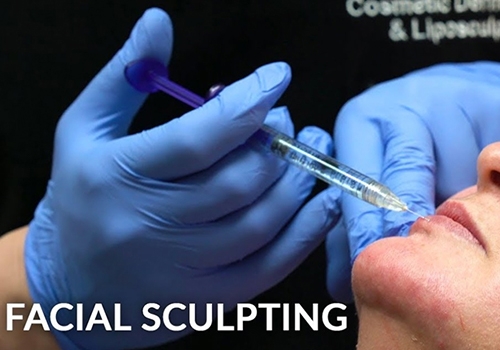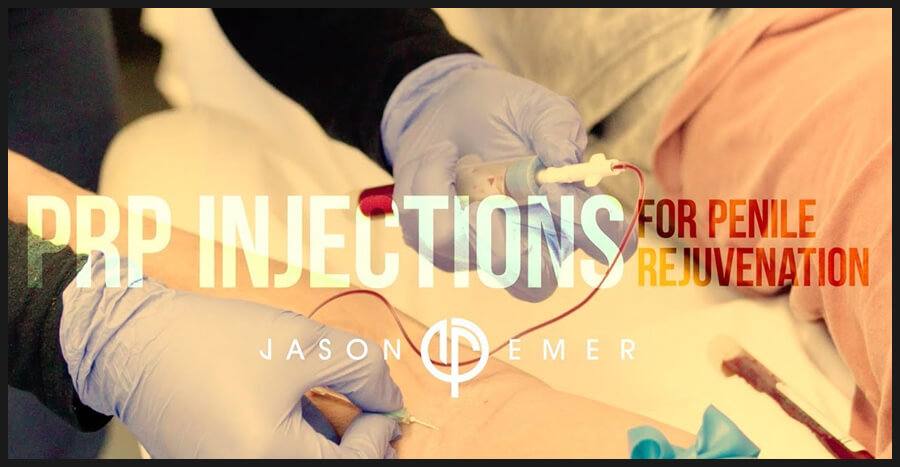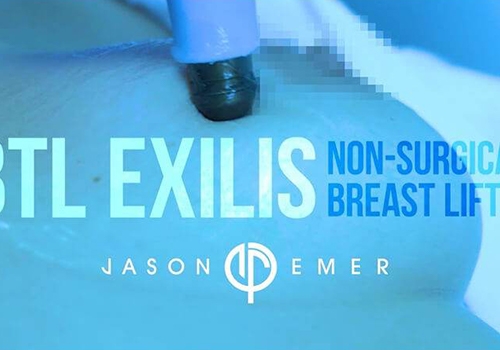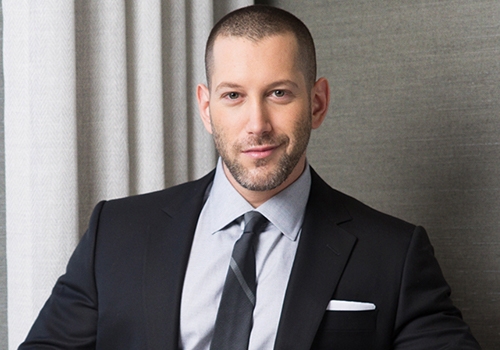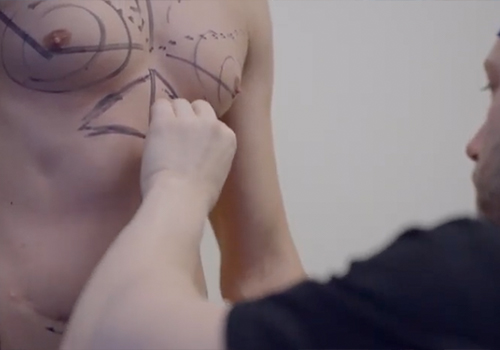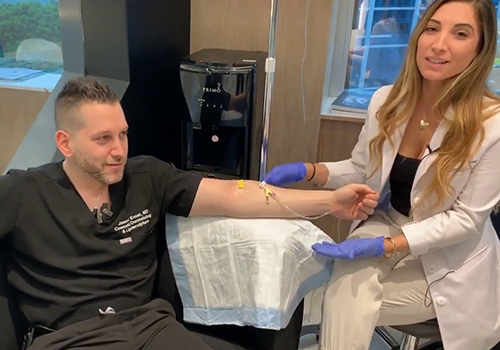Alopecia refers to hair loss that can occur on the scalp, beard, eyebrows, or any other hair-bearing part of the body. It can be temporary or permanent, and the severity can vary greatly.
Causes: Several factors can contribute to hair loss, including:
- Genetics: Hereditary hair loss, also known as male pattern baldness or female pattern hair loss, is a common cause.
- Hormonal changes: Androgenetic alopecia can worsen with hormonal changes like those occurring during pregnancy, menopause, or due to certain medications.
- Medical conditions: Certain medical conditions like thyroid disorders, iron deficiency, or autoimmune diseases can cause hair loss.
- Stress: Severe emotional or physical stress can trigger temporary hair loss.
- Medications: Certain medications can cause hair loss as a side effect.
- Hairstyles and treatments: Tight hairstyles or hairstyles that put excessive tension on the hair, as well as chemical treatments like relaxers or permanents, can contribute to hair loss.
Types of Alopecia: Different types of alopecia exist, each with its own characteristics:
- Androgenetic alopecia: This is the most common type of hair loss, affecting both men and women. It is characterized by a gradual thinning of hair on the scalp.
- Alopecia areata: This is an autoimmune disease that causes patchy hair loss. It can occur anywhere on the body, including the scalp, beard, and eyebrows.
- Telogen effluvium: This is a temporary form of hair loss that can be triggered by stress, illness, childbirth, or significant weight loss.
Treatments: The treatment approach depends on the type and cause of hair loss.
- Minoxidil and Finasteride: These are topical medications that can help slow down hair loss and promote hair growth in some cases of androgenetic alopecia.
- Corticosteroids: Injections or topical creams containing corticosteroids may be used to suppress inflammation in alopecia areata.
- Hair transplantation: This surgical procedure involves transplanting hair follicles from a donor area of the scalp to a bald or thinning area.
- Low-Level Laser Therapy (LLLT): This therapy uses low-level lasers to stimulate hair growth.
Disclaimer: Treating hair loss can be challenging, and results may vary depending on the cause and individual factors. Consulting a dermatologist for diagnosis, discussing treatment options, and managing expectations is crucial. They can recommend the most suitable approach based on your specific type of hair loss.
